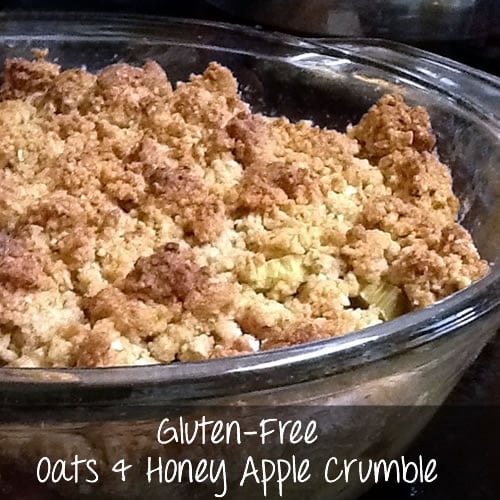Organic on a budget – The Dirty Dozen & Clean Fifteen
Jul 08, 2010, Updated Sep 26, 2023
Let’s face it, most of us don’t have an unlimited food budget, and Organic foods tend to be more expensive. So, it pays to know which ones really make a difference.
Every year, the Environmental Working Group ranks fruits and vegetables according to pesticide content (retained in the food itself, not necessarily how much is actually used in production).
Since it’s a long list, they highlight “The Dirty Dozen” and “The Clean Fifteen.”
Of course, there are factors other than budget to consider, including how far away it was grown, growing season, availability, supporting small farmers, and so on.
You may decide it’s worth buying an Organic peach that was grown 2,000 miles away (rather than a local peach that’s not organic), but you may choose to buy a conventionally-grown-but-local avocado rather than an Organic one that traveled across the country to get to you.
Updated for 2023
The Dirty Dozen
Buy these Organic whenever possible.
- Strawberries
- Spinach
- Kale, collard and mustard greens
- Peaches
- Pears
- Nectarines
- Apples
- Grapes
- Bell and hot peppers
- Cherries
- Blueberries
- Green beans
The Clean Fifteen
- Avocados
- Sweet corn
- Pineapple
- Onions
- Papaya
- Sweet peas (frozen)
- Asparagus
- Honeydew melon
- Kiwi
- Cabbage
- Mushrooms
- Mangoes
- Sweet Potatoes
- Watermelon
- Carrots
—
EWG’s full list and methodology



















